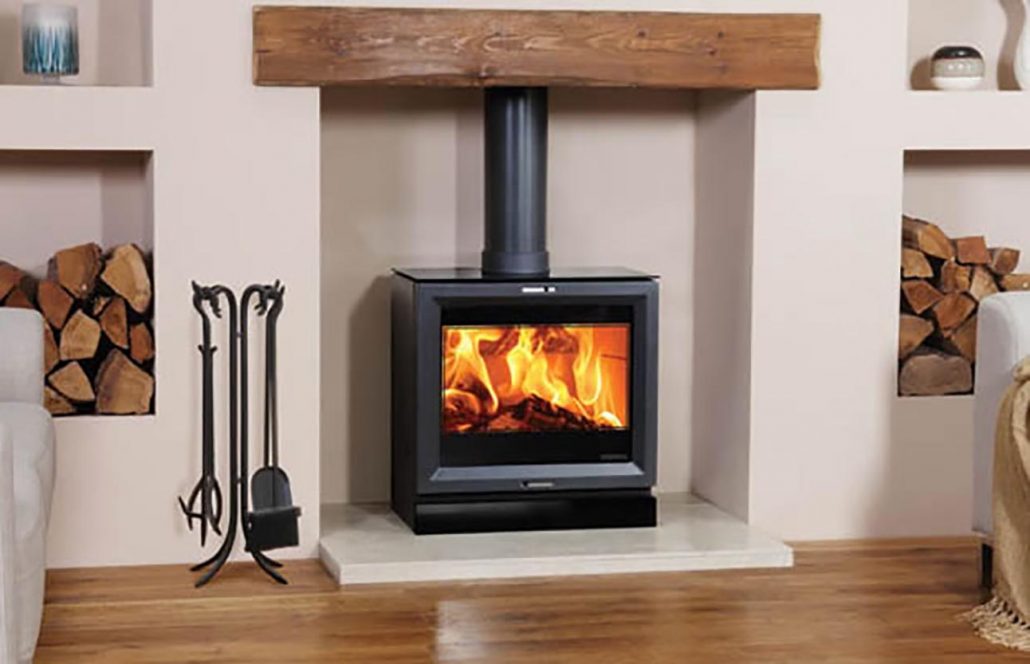Free Quote
Get a Free Quote Get in Touch 100% Hassle-Free Advice and Free Competitive Quotes Contact Form FirstLastEmailContact PhonePost CodeDo you want a Free Quote?Do you want a Free Quote?NoYesDo you have a chimney in the room?Do you have a chimney in the room?NoYesDo you already have your stove?Do you already have your stove?NoYesDo you use […]



